Contact a Turfcor Expert Today to evaluate your property.
Early spring is the ideal time to prepare your grass for the hot heat ahead. Here’s what you need to do to keep your grass healthy and green.
It’s not impossible to have a lush, green lawn that’s the envy of your neighbors, but you’ll have to put in some work to get there. Spring is a particularly good time to take care of your lawn. The cold of winter has passed, and the sweltering heat of summer has yet to arrive. It’s time to get ready to follow these spring lawn care tips for a healthy, green, and lush lawn that you can be proud of throughout the year.
Lawn Care in the Spring
A good deal of your time in early spring will likely be spent inspecting your lawn. Your grass will require time to recover from its winter slumber if you live in an area where it is freezing all year round. Snow has melted, and the grass is mostly green, so it may be time to start spring lawn care.
Deep Raking
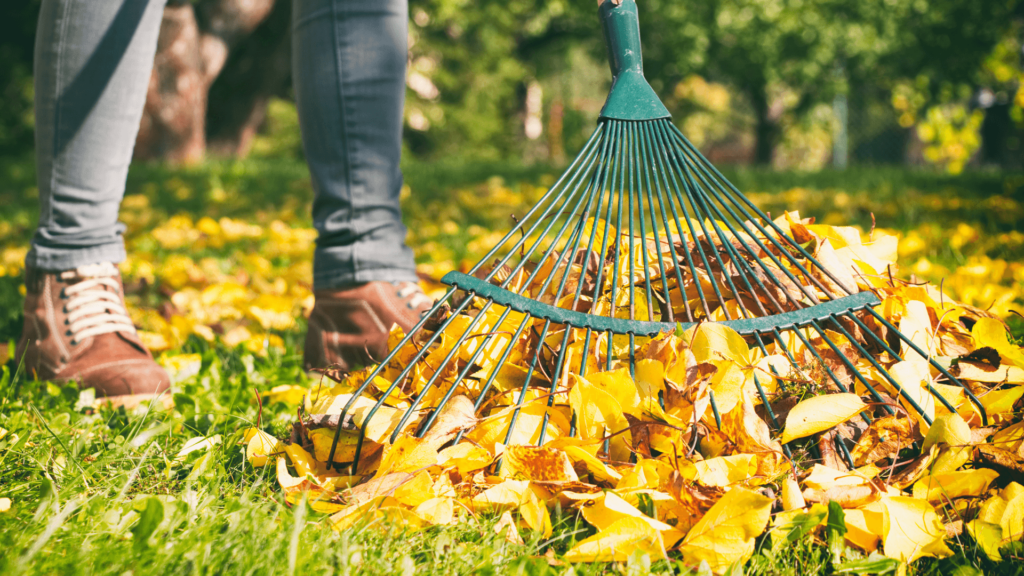 The first step in preparing your grass for fresh growth is raking. Even if there are a few leaves on the ground, the primary purpose of raking in the early spring is to get rid of lawn debris. In order to remove any old turf from the previous growing season, be sure to rake it up carefully.
The first step in preparing your grass for fresh growth is raking. Even if there are a few leaves on the ground, the primary purpose of raking in the early spring is to get rid of lawn debris. In order to remove any old turf from the previous growing season, be sure to rake it up carefully.
You may think of this as your lawn’s spring cleaning. It’s better to wait until the lawn becomes green, a sign that the grass blades are securely established and the plants are actively developing, before mowing since the grasses are more delicate and sensitive in the early spring. You may avoid damaging young plants by using a more flexible leaf rake than a metal garden rake.
An additional benefit of raking your lawn in the spring is the discovery of matted areas of grass. If you look closely and see that the grass blades are all glued together, you may be dealing with a lawn condition known as snow mold. A rake may help new grass get into these tangled areas, allowing it to thrive.
Aerate If Needed
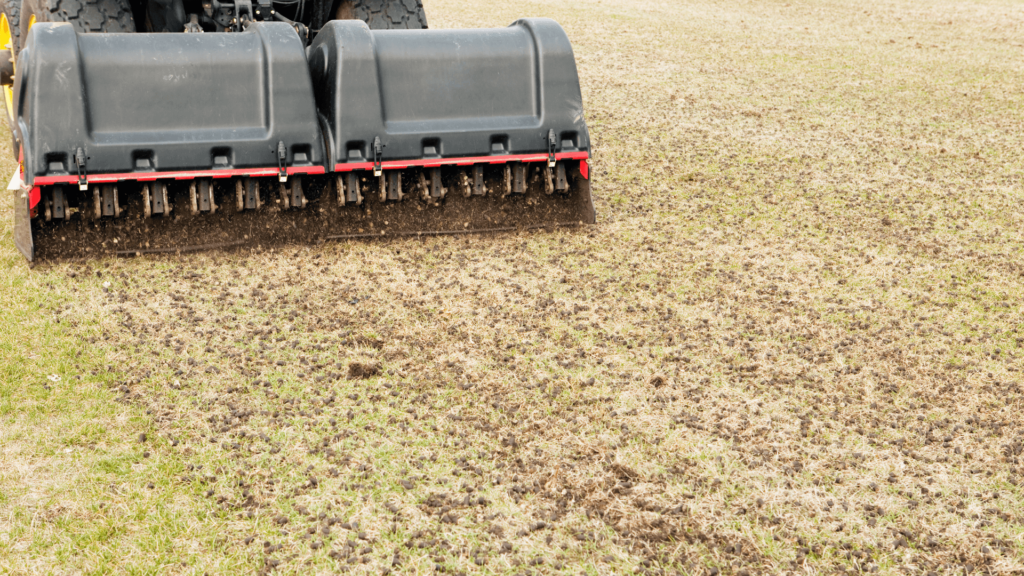 Soil compaction can occur if your lawn receives a lot of foot traffic, such as a lot of running and playing. You can get rid of moss, which flourishes in compacted soil, but first you need to determine what’s causing it to grow in the first place. Compacted soil frequently needs aeration in this situation.
Soil compaction can occur if your lawn receives a lot of foot traffic, such as a lot of running and playing. You can get rid of moss, which flourishes in compacted soil, but first you need to determine what’s causing it to grow in the first place. Compacted soil frequently needs aeration in this situation.
Lawn aeration creates holes in your lawn that will allow water and air to be able to penetrate the soil and reach the grassroots.
It’s not ideal to aerate the grass in the spring, but it may be necessary in some cases. Because compacted soil prevents current grass from growing, spring aeration may be required. Weed seeds may easily grow in aeration holes, hence most experts advise against it in the spring.
Weed seeds (particularly crabgrass) germinate in the spring and aerating the lawn stirs them up and provides an excellent habitat for them. The best time of year to aerate is around Memorial Day when weeds have begun to sprout but have not yet gone to seed.
Assess Your Soil
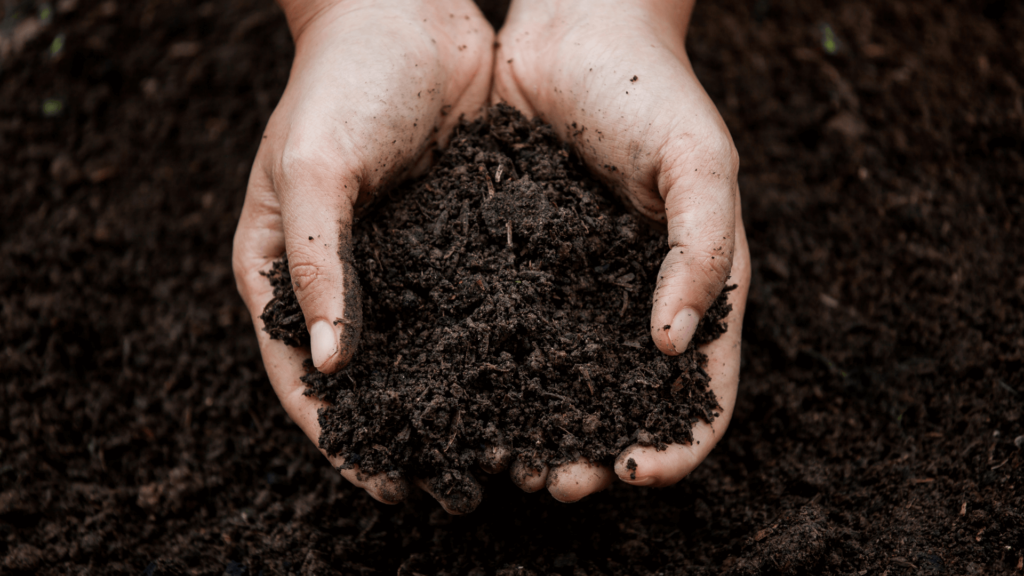 Acidic soil may also have moss covering the ground. On the pH scale, 7 is considered neutral, indicating that the soil is neither too acidic nor too alkaline. Soil pH values below 7 indicate acidic soil, whereas soil pH levels over 7 indicate alkaline soil.
Acidic soil may also have moss covering the ground. On the pH scale, 7 is considered neutral, indicating that the soil is neither too acidic nor too alkaline. Soil pH values below 7 indicate acidic soil, whereas soil pH levels over 7 indicate alkaline soil.
Soil with a pH at or above 7 is ideal for grass growth, but if your soil is acidic, moss may take hold. To get the pH back to where it needs to be for grass growth, a number of soil additives can be applied. To raise the pH of acidic soils, for example, ground limestone can be added. The liming, on the other hand, takes time to take effect, so this is not a quick remedy.
Send a sample of your soil to your local cooperative extension office to get an idea of how acidic it is before making any more soil additions.
Agricultural, horticultural, and other fields of specialization are supported by the cooperative extension office, a free educational resource. To find out how much lime you’ll need per square foot, all you have to do is phone, check their website, or stop by your local extension office.
You can also make an appointment with one of Turfcor’s lawn care experts to get a professional evaluation.
Get The Lawn You've Always Wanted!
Overseed Your Lawn In The Spring
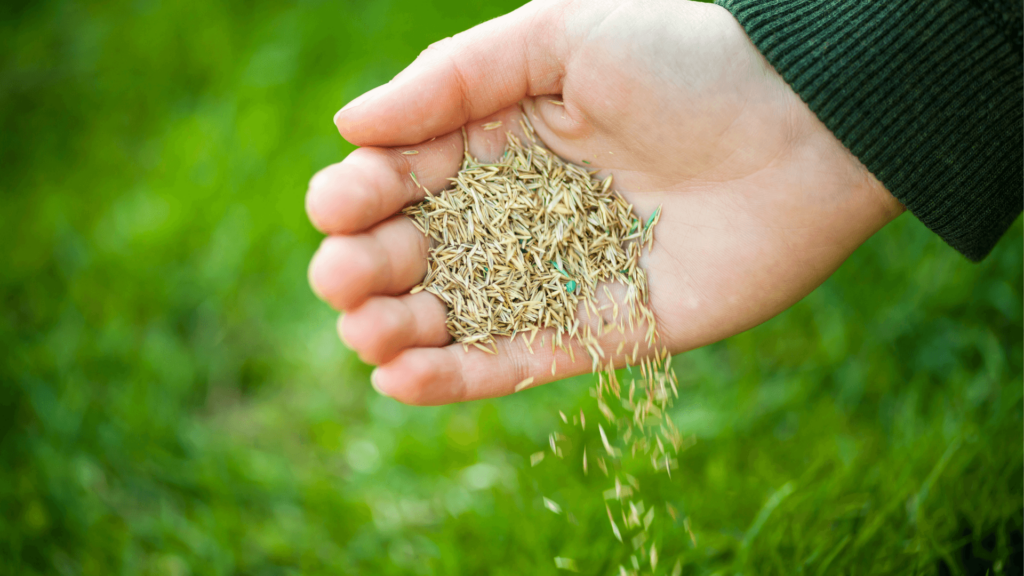 Grass seed may be used to fill up dry patches in a lawn that has been damaged by dog spots, high traffic, or just plain neglect. Sowing seed on top of existing grass is known as overseeding. Once the new seed has sprouted and is actively developing, keep it wet at all times. After the grass has germinated and sprung for five weeks, you may begin regular treatment with a nitrogen fertilizer that releases slowly.
Grass seed may be used to fill up dry patches in a lawn that has been damaged by dog spots, high traffic, or just plain neglect. Sowing seed on top of existing grass is known as overseeding. Once the new seed has sprouted and is actively developing, keep it wet at all times. After the grass has germinated and sprung for five weeks, you may begin regular treatment with a nitrogen fertilizer that releases slowly.
Seeding the entire grass to keep it thick and healthy is a typical practice. Using this method, you may also experiment with different kinds of grass seed in your lawn. This may be done, for example, by overseeding your lawn with a sunny-grass mix in the event that you just lost some shade trees.
However, if your lawn needs a little more TLC in the spring, you may perform your overseeding in the fall. Crabgrass may appear and feed on the fertilizer, so be prepared.
Spring Fertilizing
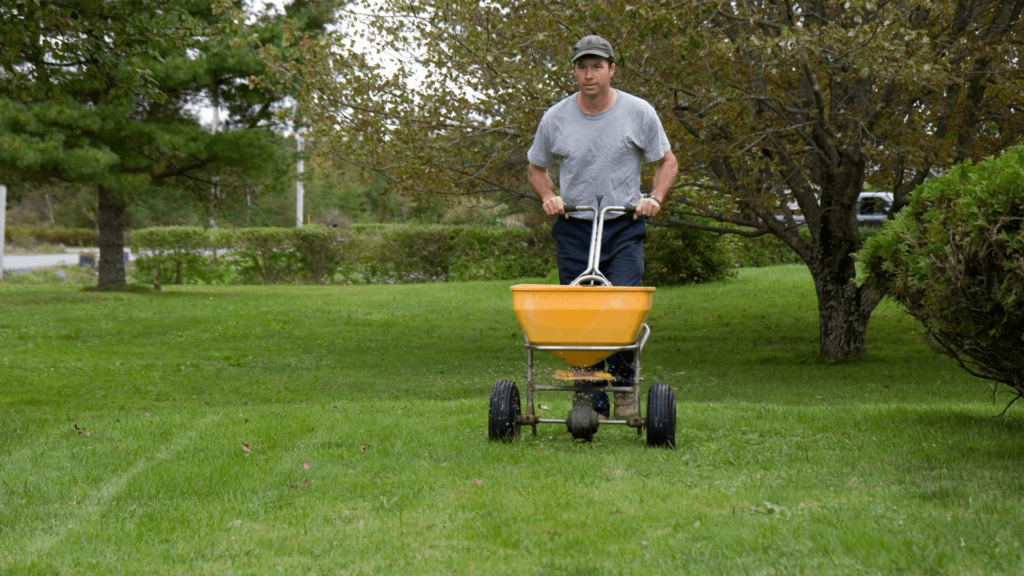 Organic lawn fertilization may be achieved by utilizing a mulching mower to cut grass clippings into a nutrient-rich source of nitrogen, or by topdressing with compost. If you’d rather use a synthetic fertilizer, contact one of our Turfcor lawn care experts to assess which would be ideal for your type of turf. As a rule of thumb, experts advocate giving cool-season grasses a lighter diet in the spring and a heavier one in the fall. Over-fertilizing your lawn in the spring might cause disease and weed problems since your grass is still consuming the fertilizer you applied in the autumn.
Organic lawn fertilization may be achieved by utilizing a mulching mower to cut grass clippings into a nutrient-rich source of nitrogen, or by topdressing with compost. If you’d rather use a synthetic fertilizer, contact one of our Turfcor lawn care experts to assess which would be ideal for your type of turf. As a rule of thumb, experts advocate giving cool-season grasses a lighter diet in the spring and a heavier one in the fall. Over-fertilizing your lawn in the spring might cause disease and weed problems since your grass is still consuming the fertilizer you applied in the autumn.
Apply Herbicides Before Weeds Start To Grow
 Spring lawn maintenance is as much about weed avoidance as it is about encouraging healthy grass growth for those who desire weed-free lawns. Not all lawn weeds can be eliminated in the same way, and here is why. You will apply either a pre-emergent herbicide or a post-emergent herbicide depending on whether the weed is an annual or a perennial.
Spring lawn maintenance is as much about weed avoidance as it is about encouraging healthy grass growth for those who desire weed-free lawns. Not all lawn weeds can be eliminated in the same way, and here is why. You will apply either a pre-emergent herbicide or a post-emergent herbicide depending on whether the weed is an annual or a perennial.
Because crabgrass is an annual plant that is difficult to eliminate, you may need to apply a combination of methods to defeat it. Spring is the best time for crabgrass to attack lawns since the temperatures are between 65 and 70 degrees for many days. Pre-emergent herbicides kill weeds before their seedlings have a chance to germinate and grow. A chemical barrier is formed in the top layer of soil, coating seeds and preventing them from sprouting roots and branches. This is how they function.
In the event that you are using pre-emergent herbicides, you should postpone any core aeration until the autumn. You will cause a hole in the shield, which will reduce the efficiency of the weed killer.
Also, keep in mind that the majority of pre-emergent herbicides are also effective against grass seeds. Using an overseeding technique in conjunction with a typical pre-emergent herbicide will not be particularly successful. It is best to wait until the early autumn to overseed with turfgrass seed in years when you are putting down pre-emergent weed killer.